
Sanibel Fishing & Captiva Fishing, January 8, 2018: Cold, Triggerfish.
Captiva Fishing Report, Monday, January 8: Cold, Triggerfish, Catch & Release; Red Tide Report (Caloosahatchee freshwater runoff impact continuing to lessen a bit; some Red Tide but it is broken up and largely dispersed); more fishing reports from other areas and Captains below.
Monday, January 8: Triggerfish, Near-offshore, Catch & Release, Cold – Worried About The Snook. Water temperature dropping. Watching for potential snook kills. In 2010, “watermen and women may remember that … millions of fish — especially snook, mojarras, tripletail, goliath grouper and gafftop sail catfish —were cold-stunned and killed by the low temperatures that remained low for more than a week. The fish kills were even worse along the southwest coast of Florida in the Everglades and even the Florida Keys where tropical and subtropical species of fish suffered.” More here.
Please also visit the Sanibel, Fort Myers, Florida Fishing Report and Cuban Fishing sites. Better water moving north of Sanibel up through Captiva & North Captiva.
Please click here to Book A Charter or call 239-472-8658 and here for Live Sanibel Traffic Cams.
![Triggerfish, Sanibel Fishing & Captiva Fishing, Sanibel Island, Monday, January 8, 2018, [File Photo - Sunday December 18, 2016].](https://i0.wp.com/www.captivafishing.net/wp-content/uploads/2016/12/Triigerfish-12-17-16.jpg?resize=980%2C735)
2018, [File Photo – Sunday, December 18, 2016].
In its appearance and habits, the grey triggerfish is a typical member of the genus Balistes except for its drab, uniformly grey coloration. It is a relatively small fish, usually less than 2.3 kg (5 lb) in weight. It is fished recreationally and despite its tough skin, is an excellent food-fish.
![Triggerfish, Offshore, Sanibel Fishing & Captiva Fishing, Friday, December 22, 2017, [File Photo - Saturday, March 19, 2016].](https://i0.wp.com/www.captivafishing.net/wp-content/uploads/2016/03/Triggerfish-3-17-16-1-e1458381616343.jpg?resize=980%2C1716)
Saturday, March 19, 2016].

This fish is predominantly pale grey, greenish-grey or yellowish-brown. The body has three indistinct broad dark bars and there is a pale streak on the chin. The upper part of the orbit of the eye is blue and there are some small blue spots and lines on the dorsal fins and upper parts of the body, and sometimes white dots and irregular lines on the lower parts of the body. Both the second dorsal and the anal fin present a somewhat marbled appearance. The body color fades a little as the animal gets older: juveniles are more colorful.[2][3]

The grey triggerfish is principally a fish of shallow waters in the western Atlantic Ocean. Its native range extends from Nova Scotia to the Caribbean Sea, the Gulf of Mexico and Bermuda, and southwards to Argentina. It is typically found over hard bottoms on reefs and rocky areas, in lagoons and in bays, at depths down to about 55 m (180 ft). It is also found on the other side of the Atlantic, around the British Isles, in the Mediterranean Sea and off the coast of Angola.[3] It may have crossed the Atlantic as a result of the movement of water in the Gulf Stream. It does not breed in the waters around Britain but does do so in the Mediterranean.[4]

Locomotion in the grey triggerfish is by means of undulations of the dorsal fins. If threatened, the fish can work its way into a protective crevice and wedge itself in place by erecting its front dorsal spine. It is difficult to dislodge from this position. The second spine is connected to the first and when it is depressed, it triggers the unlocking of the first spine.[3]
The grey triggerfish is a demersal species and feeds on bottom-dwelling invertebrates such as shrimps, crabs, mollusks, sea urchins, sand dollars, starfish and sea cucumbers. It has strong teeth specialized for making holes in hard-shelled prey. An interesting feeding bbehavior has been observed, in which the fish positions itself vertically above a sandy seabed and puffs a stream of water out of its mouth. This disturbs the substrate and may reveal something edible. Further puffs expose more, and the prey item is gripped with the fish’s sharp teeth and removed from the seabed. If it is a sand dollar, the fish drops it and picks it up again several times until the prey lands upside down. The fish then adopts its vertical stance once more and attacks the middle with closed jaws, crushing the soft central area. It then scoops out and devours the flesh.[3]

Males develop a charcoal grey coloration and are highly territorial during the breeding season, which commences in summer when the water temperature reaches about 21 °C (70 °F). The males prepare up to a dozen nests in hollows blown out of sandy seabed[5] and then patrol the area, driving unwanted fish away. The females roam around inspecting the nest sites. When a female is ready to spawn, both male and female enter a nest and tightly circle round each other while she lays large numbers of minute eggs and he fertilises them. The female stays in the nest, guarding the eggs and blowing and fanning them. The male defends his territory, which may contain other nests with females guarding their eggs. In this way, the male exhibits harem behaviour.[6] Wrasses and red snappers sometimes feed on the eggs which, if they survive that long, hatch after about fifty hours. The fish larvae migrate up towards the surface of the water where they often become part of the community depending on floating sargassum weed. There they feed on algae, barnacles, hydroids and polychaete worms. In the autumn, when they reach about 15 cm (6 in), the juvenile fish leave the sargassum and sink down to the sea bed.[3]
![Triggerfish, Sanibel Fishing & Captiva Fishing, Sanibel Island, Friday, December 22, 2017, [File Photo - April 6, 2014].](https://i0.wp.com/www.captivafishing.net/wp-content/uploads/2014/04/Triggerfish-4-5-14-e1396742514835.jpg?resize=980%2C1244)

Please click here to Book A Charter or call 239-472-8658 and here for Live Sanibel Traffic Cams. Redfish, Click here for College Of Fishing Hats & Apparel.
We’re located in Castaways Marina, Santiva, Sanibel Island, just before the Blind Pass bridge to Captiva Island.
![Triggerfish, Sanibel Fishing & Captiva Fishing, Sanibel Island, Monday, January 8, 2018, [File Photo - December 3, 2015].](https://i0.wp.com/www.captivafishing.net/wp-content/uploads/2017/12/Trigger-Fish-12-3-151.jpg?resize=948%2C1264)
December 3, 2015].
And you can like us on Facebook.
Fair winds and following seas,
Captain Joey Burnsed ~ please click calendar at the upper left or call 239-472-8658 to book a Sanibel & Captiva Islands, Boca Grande or Fort Myers fishing guide trip or shelling charter.






![Fingers O’Bannon Invitational Memorial Snook Tournament, Sanibel Fishing & Captiva Fishing, Sanibel Island [File Photo: Saturday, April 29, 2017].](https://i0.wp.com/www.captivafishing.net/wp-content/uploads/2017/10/IMG_9692-e1507380120101.jpg?resize=872%2C1328)


![Snook, Blind Pass, Sanibel Fishing & Captiva Fishing, Sanibel Island, Thursday, October 12, 2017, [File Photo: Friday, September 22, 2017].](https://i0.wp.com/www.captivafishing.net/wp-content/uploads/2017/09/Snook-Alex-9-21-17-e1506076497786.jpg?resize=980%2C1679)

![Snook, Sanibel Fishing & Captiva Fishing, Sanibel Island, Saturday, November 18, [File Photo -Thursday, May 18, 2017].](https://i0.wp.com/www.captivafishing.net/wp-content/uploads/2017/05/SeaTrout-5-18-17-e1495185406443.jpg?resize=980%2C691)


![Redfish, Catch & Release, Sanibel Fishing & Captiva Fishing, Sanibel Island, Friday, January 5, 2018 [File Photo Friday, September 8, 2017].](https://i0.wp.com/www.captivafishing.net/wp-content/uploads/2017/04/Redfish-3-31-17-e1491052200998.jpg?resize=980%2C666)






![Redfish, Sanibel Fishing & Captiva Fishing, Saturday, November 4, 2017, [File Photo - Saturday, 10-31-15] .](https://i0.wp.com/www.captivafishing.net/wp-content/uploads/2015/10/Redfish-10-30-15.jpg?resize=980%2C735)

![Bull Shark, Catch & Release, Sanibel Fishing & Captiva Fishing, Sanibel Island, January 4, 2018, [File Photo- Friday, November 10, 2017].](https://i0.wp.com/www.captivafishing.net/wp-content/uploads/2017/11/Bull-Shark-11-10-17-e1510317715860.jpg?resize=980%2C852)
![Bull Shark, Catch & Release, North Captiva, Sanibel Fishing & Captiva Fishing, January 4, 2018, [File Photo -Tuesday, September 20, 2016].](https://i0.wp.com/www.captivafishing.net/wp-content/uploads/2016/09/Bull-Shark-9-20-16-e1474419502350.jpg?resize=980%2C815)


![Bull shark caught inshore of Sanibel Island, Sanibel & Captiva Islands & Fort Myers Charters & Fishing Guide, Tuesday, November 7, 2017. [File Photo - March 14, 2014].](https://i0.wp.com/www.captivafishing.net/wp-content/uploads/2014/03/IMG_4095-copy-e1394770657306.jpg?resize=980%2C653)





![Big Black Drum caught inshore of Sanibel Island, Sanibel & Captiva Islands & Fort Myers Charters & Fishing Guide Service. Monday, January 1, 2017, (File Photo - November 26, 2013].](https://i0.wp.com/captivafishing.net/wp-content/uploads/2013/11/Big-black-drum234-e1385509103882.jpg?fit=690%2C821&ssl=1)
![Big Black Drum caught inshore of Sanibel Island, Sanibel & Captiva Islands & Fort Myers Charters & Fishing Guide Service. Monday, January 1, 2017, (File Photo - November 26, 2013].](https://i0.wp.com/www.captivafishing.net/wp-content/uploads/2013/11/Big-black-drum234-e1385509103882.jpg?resize=980%2C1166)
![Big Black Drum, Offshore, Sanibel Fishing & Captiva Fishing, January 1, 2018, [File Photo - Friday, 2-19-16].](https://i0.wp.com/www.captivafishing.net/wp-content/uploads/2016/02/Huge-Black-Drum-2-19-16-1-e1455897024802.jpg?resize=980%2C1568)
![Tom, Black Drum, Inshore, Sanibel Fishing & Captiva Fishing, January 1, 2018, [File Photo - Friday, 4-29-17].](https://i0.wp.com/www.captivafishing.net/wp-content/uploads/2017/04/Tom-Big-Black-Drum-nice-photo-2-e1353781951797.jpg?resize=980%2C1190)



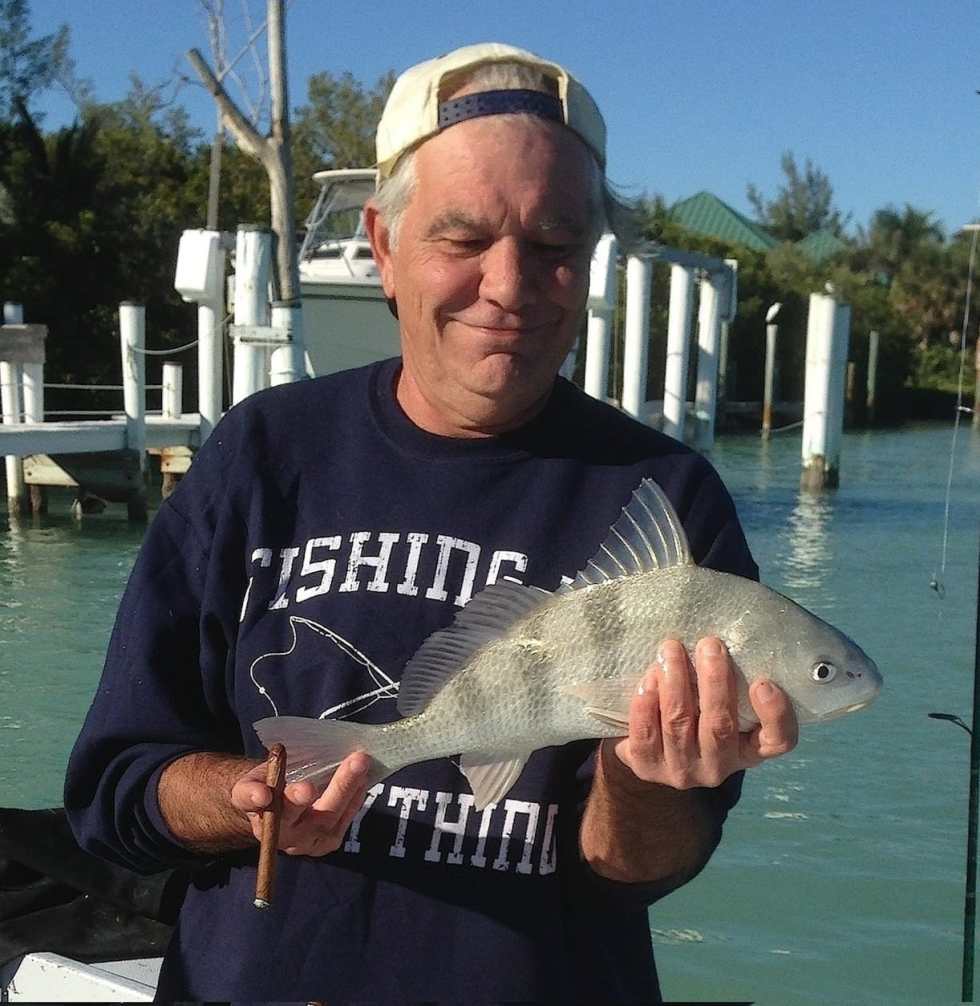




![Hogfish or Hog Snapper, Sanibel Fishing & Captiva Fishing, Sanibel Island, Sunday, December 10, 2017, [File Photo - Wednesday, February 8, 2017].](https://captivafishing.net/wp-content/uploads/wordpress-popular-posts/13104-featured-360x260.jpg)

![Hogfish or Hog Snapper, Sanibel Fishing & Captiva Fishing, Sanibel Island, Sunday, December 10, 2017, [File Photo - Wednesday, February 8, 2017].](https://captivafishing.net/wp-content/uploads/wordpress-popular-posts/11558-featured-360x260.jpg)





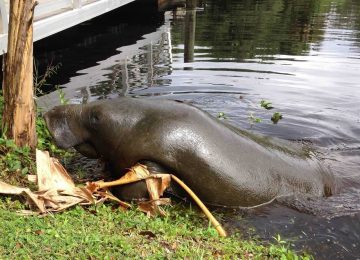

![Goliath grouper, Sanibel & Captiva Islands & Fort Myers Charters & Fishing Guide Service, Thursday, November 2, 2017, [August 16, 2012].](https://captivafishing.net/wp-content/uploads/wordpress-popular-posts/11711-featured-360x260.jpg)
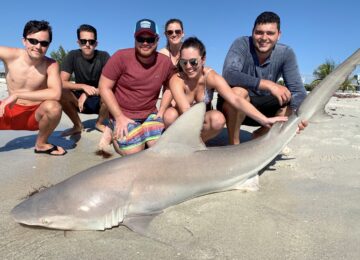
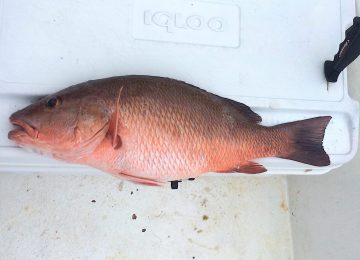

![Hogfish or Hog Snapper, Sanibel Fishing & Captiva Fishing, Sanibel Island, Sunday, December 10, 2017, [File Photo - Wednesday, February 8, 2017].](https://captivafishing.net/wp-content/uploads/wordpress-popular-posts/11143-featured-360x260.jpg)
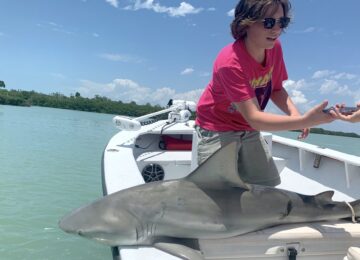

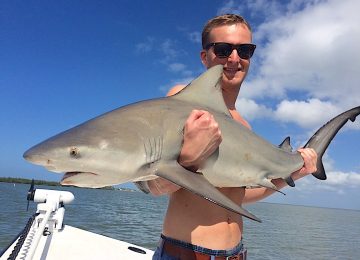
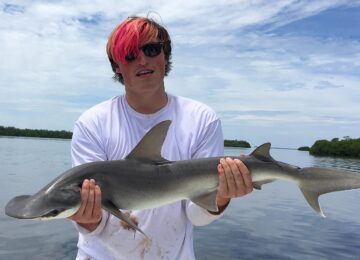
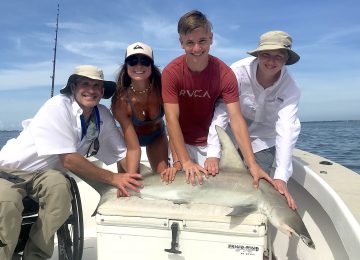
![Schoolmaster Snapper, Sanibel Fishing & Captiva Fishing, Sanibel Island, Thursday, January 11, 2018, [File Photo - Thursday, December 28, 2017].](https://captivafishing.net/wp-content/uploads/wordpress-popular-posts/13203-featured-360x260.jpg)
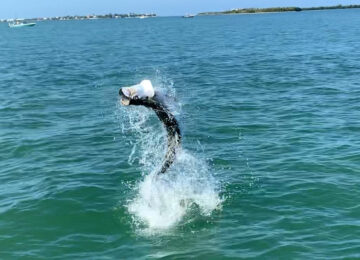
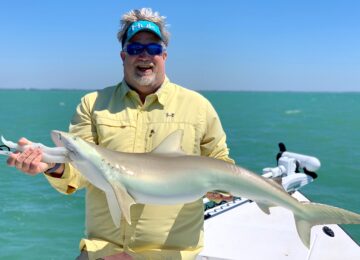
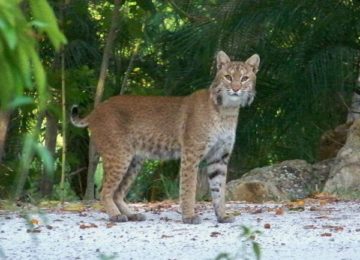
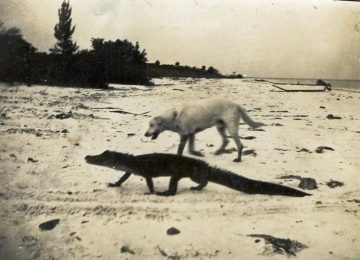
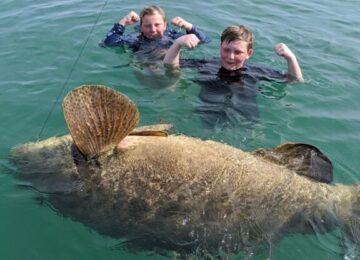
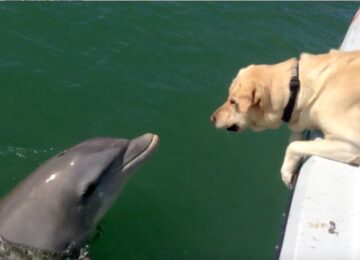















You must be logged in to post a comment.